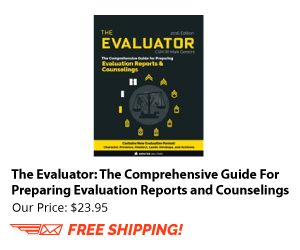Purpose: To coalesce guidance on the use of available authorities, as compared to the need for new project authorizations, for study and accomplishment of modifications to completed projects.
Regulations
ER 1165-2-118 Federal Participation in Covered Flood Control Channels
Purpose: This regulation establishes policy for determining the extent of Federal participation in covered flood control channels.
ER 1165-2-117 Responsibility for Costs of Improved Standards in Highway and Housing Relocations
Purpose: This regulation summarizes policy and procedures for identifying the costs of meeting improved standards when highways and housing are relocated due to construction of civil works projects. The regulation provides guidance on the acceptable manner of presenting such costs …Read More
ER 1165-2-114 Use of Excess Power Revenues to Assist in Repayment of Irrigation Costs
Purpose and Scope: These regulations summarize for the guidance of all Division and District Engineers engaged in civil works activities, the position of the Chief of Engineers with respect to the use of excess power revenues to assist in repayment …Read More
ER 1165-2-111 Corps of Engineer Activites Under the Small Reclamation Projects Act of 1956 as Amended
Purpose: This regulation provides guidance regarding Corps of Engineers assistance to applicants for loans from the Bureau of Reclamation under the Small Reclamation Projects Act of 1956 as amended. Corps assistance may be requested when loan applicants propose projects with …Read More
ER 1150-2-302 Annual Report on Local Cooperation Agreements RCS DAEN-CWO-44
Purpose: This regulation states procedure for reporting requirements of Section 221 of the Flood Control Act of 1970 (P.L. 91-611).
ER 1150-2-301 Policies and Procedures CH 1 ENG Form 1831
Purpose and Scope: This regulation states the policies and procedures to be followed by all elements of the Corps of Engineers performing Civil Works functions with regard to the construction of projects which require local cooperation. It is applicable to …Read More
ER 1140-3-1 Support to Defense Departments and Agencies
Purpose: This regulation provides policy and guidance for U.S. Army Corps of Engineers (USACE) elements and commands performing reimbursable work for defense departments and agencies.
ER 1140-1-211 Support for Others Reimbursable Work
Purpose. This regulation provides guidance on USACE performing reimbursable work for non-Department Of Defense entities. This work is further defined and described in paragraphs 5 and 6. The USACE Homepage contains a web site for the Interagency and International Services …Read More
ER 1130-2-551 Hydropower Operations and Maintenance Polcy
Purpose: This regulation establishes the requirement for a U.S. Army Corps of Engineers (USACE) corporate program for compliance with applicable Federal Energy Regulatory Commission (FERC) approved Bulk Power System (BPS) Reliability Standards. For the purpose of this document, the term …Read More
ER 1130-2-550 Recreation Operations and Maintenance Policies
Purpose: This regulation establishes the policy for the management of recreation programs and activities, and for the operation and maintenance of U.S. Army Corps of Engineers (USACE) recreation facilities and related structures, at civil works water resource projects.
ER 1130-2-540 Environmental Stewardship Operations and Maintenance Guidance and Procedures
Purpose. This regulation establishes land management policy for Corps administered project lands and water, based on various authorizing legislation and the principles of good environmental stewardship. The reader should also see ER 200-2-3 for additional guidance.









